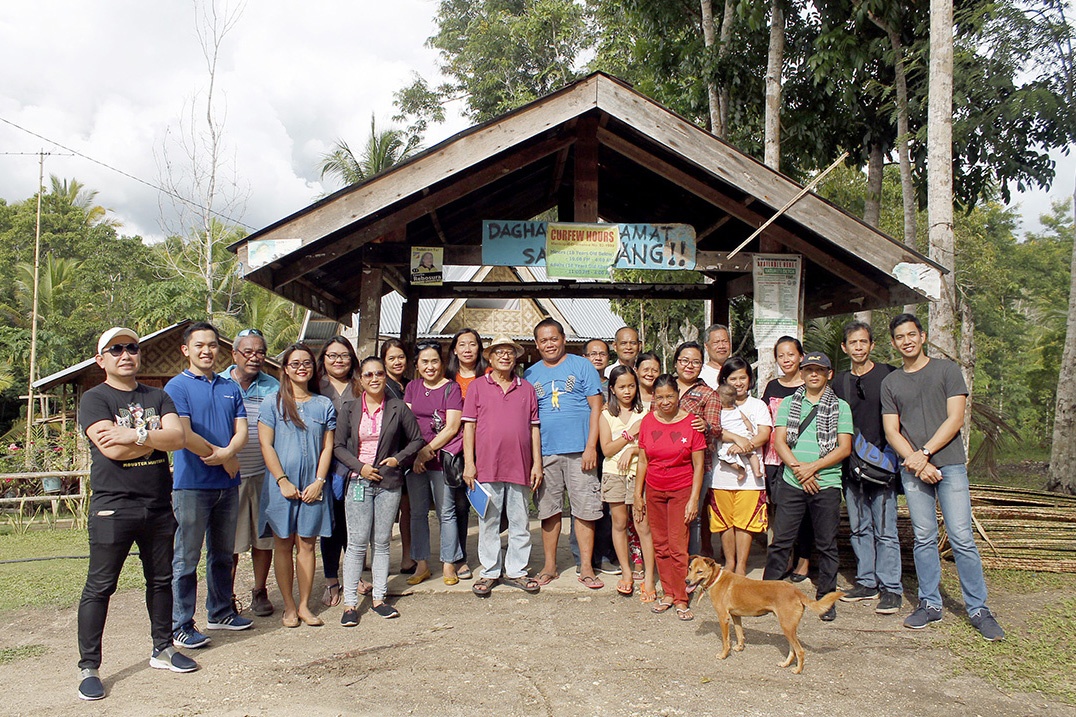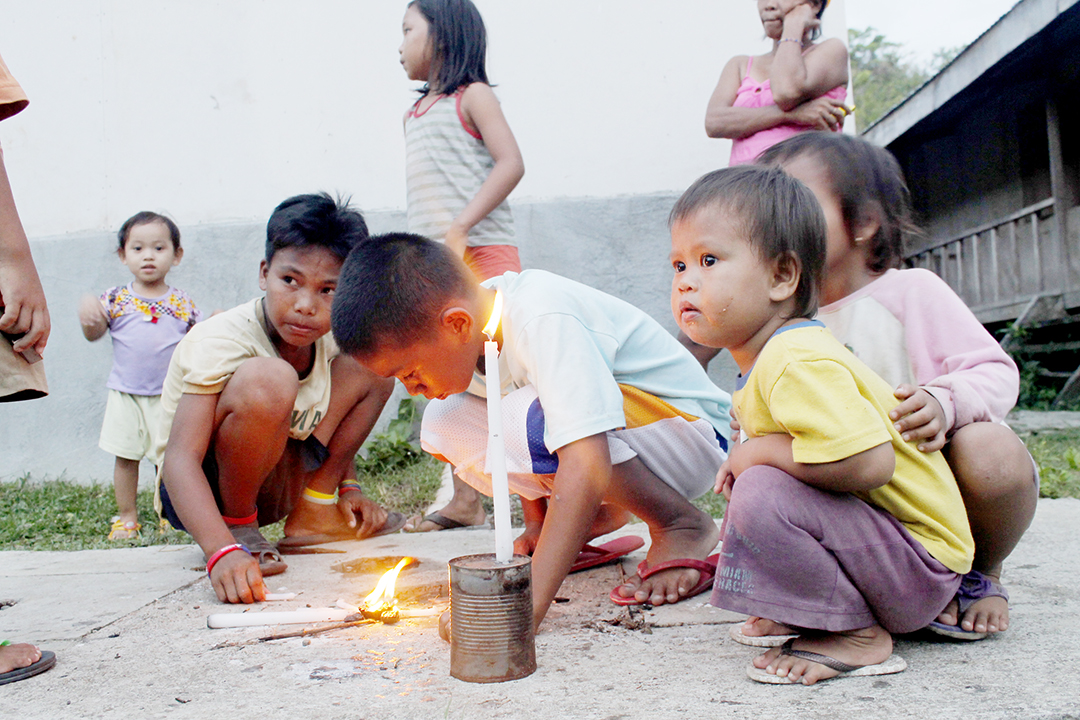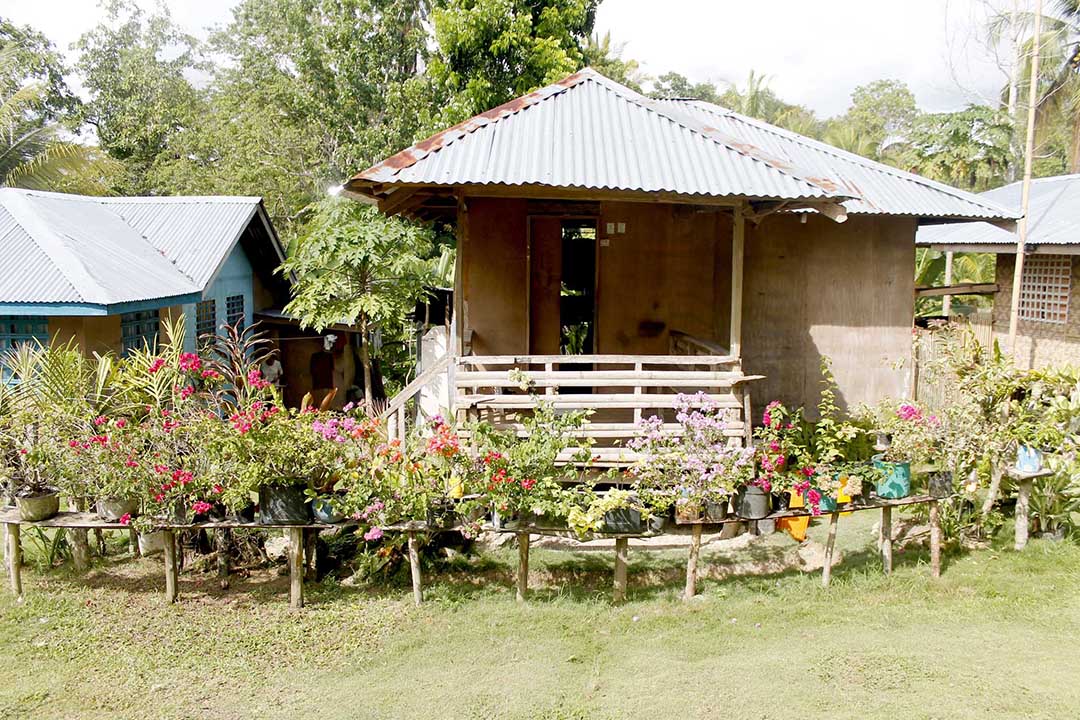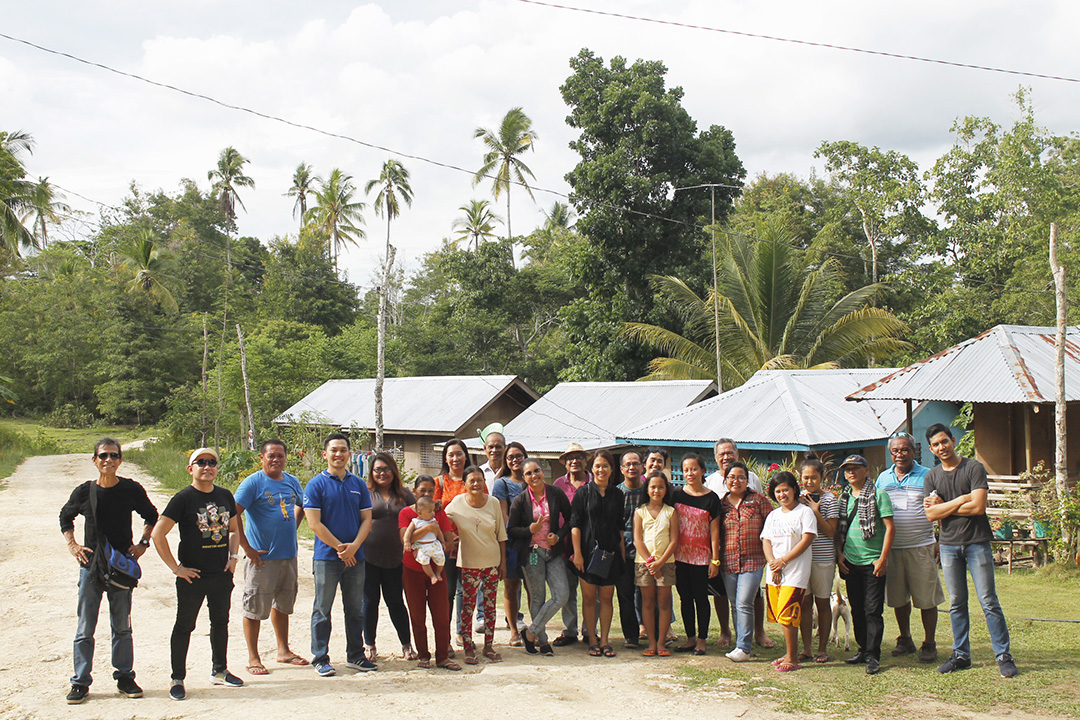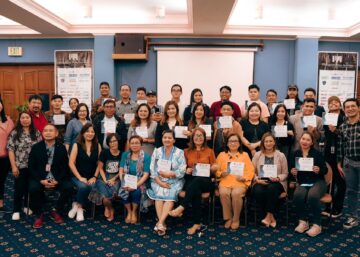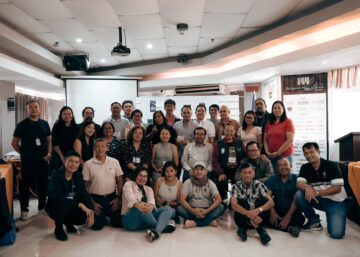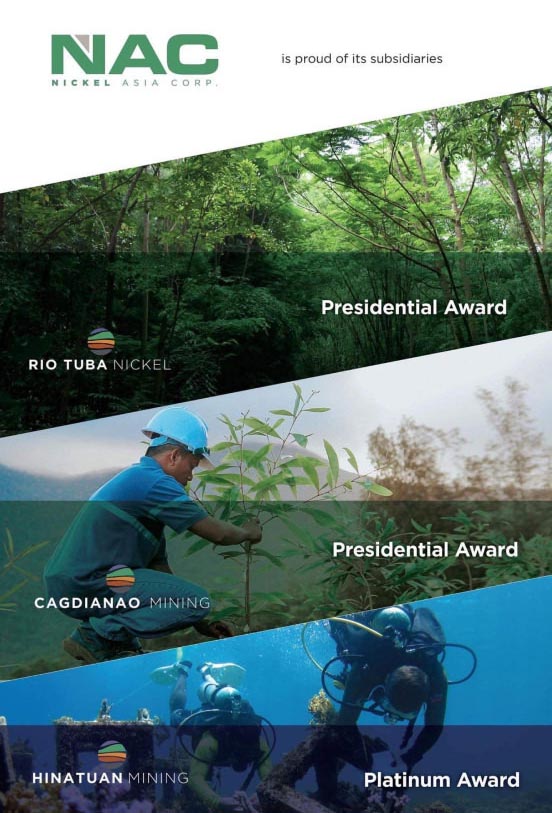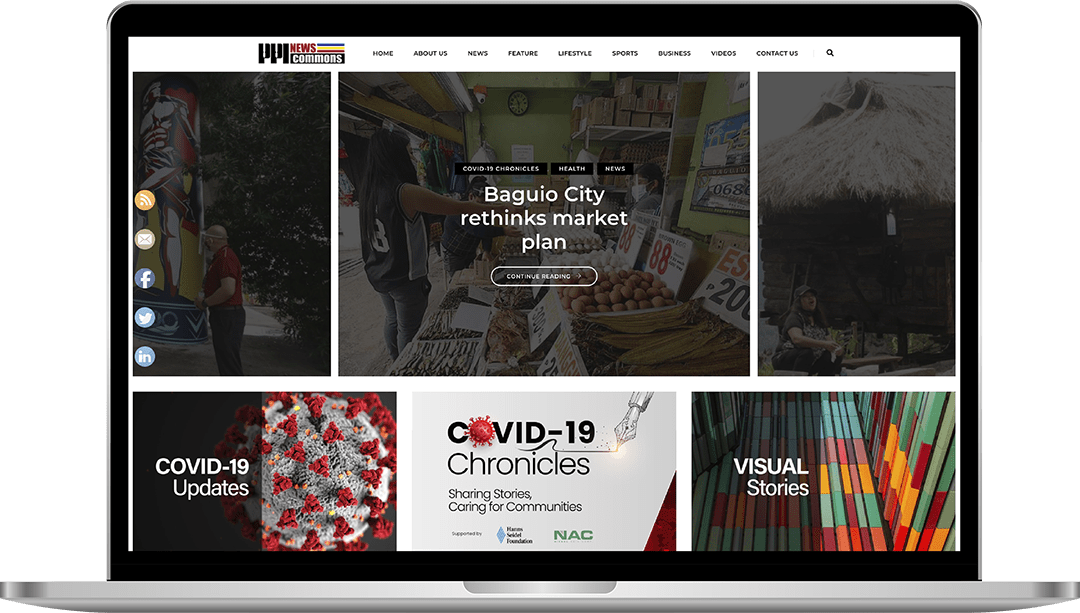When a 7.2-magnitude earthquake shook the Bohol province in October 2013, followed in less than a month by super typhoon Yolanda that wreaked havoc on Eastern Visayas, the media rose to the occasion in providing the public with a steady stream of reports that kept them updated on the situations on the ground. Reports on casualties, the extent of damage, reconstruction efforts, alongside touching stories from the survivors, were par for the course.
Three years on, many of the survivors seem to have moved on with their lives, now living on safer ground, in new houses that bear no indications of damage from the twin disasters. But while some of the damaged structures have been rehabilitated, others are still in a state of devastation even as efforts to rebuild them are underway.
A quick tour of the disaster-affected areas yields telltale signs of the impact of the extensive damage suffered by the province that is known for many tourist attractions including the world-famous Chocolate Hills. Not a few survivors are still reeling from the 2013 disaster-induced displacement and desolation.
But while the improved situation on the ground may no longer merit extensive media attention, it nonetheless prompts some important questions that could well be the basis of news reports or features: In broad strokes, how can the media sustain public interest in the plight of survivors years after the disasters that reduced their lives to rubble struck their locality?
More to the point, what is the situation of other survivors still awaiting further assistance, be it from the public or private sector? What is the extent of implementation of infrastructure projects across disaster sites?
At least 15 journalists from the Visayas reflected on these and other relevant questions during a seminar-workshop on sustainable construction reporting held in Tagbilaran City, Bohol, on May 24-26, 2016.
The seminar, jointly organized by the Philippine Press Institute and Holcim Philippines, urged the media participants to view reconstruction efforts — and, in general, the infrastructure sector — through the lens of sustainable development and inclusive growth.
This latest round of seminar-workshops by PPI, the national association of newspapers, and Holcim, a building materials and aggregates company, aimed to improve reporting on the construction sector, highlighting its role in bringing about sustainable growth while focusing the spotlight on relevant issues affecting Luzon, Visayas, and Mindanao.
The first round of the training was held in Pandi, Bulacan on April 27-29 for Luzon-based media participants; and the second in Malaybalay, Bukidnon, on May 18-20, for the Mindanao media. The former focused on infrastructure issues affecting informal settlers, and the latter on indigenous communities and how their culture and traditional practices permeate even their basic structures like houses and schools.
Tess Bacalla, PPI training director, said it’s time journalists repositioned the camera, as it were, away from the usual stories when covering the sector or writing about infrastructure-related undertakings.
Stories, for instance, dealing with post-disaster reconstruction efforts must go beyond just scanning the surface, or simply focusing on, say, the number of houses built alongside other vital infrastructure, budget allocation, and technical innovations devoid of human dimensions.
Using the prism of inclusivity and sustainable growth when writing construction stories should allow the media to take a fresh take on stories that otherwise follow a formulaic style, she said.
The PPI-Holcim seminar calls to mind two of the 17 United Nations Sustainable Development Goals (SDGs) that replaced the Millennium Development Goals and were adopted by world leaders last year.
Goal 9 of the SGDs, which falls within the purview of the construction industry, states: “Build resilient infrastructure, promote sustainable industrialization and foster innovation.”
Goal 11 urges the private and public sectors alike to “make cities inclusive, safe, resilient and sustainable.”
The seminar-workshop complements PPI’s thrust of “building better communities” through civic journalism, the association’s flagship program, which seeks to give voice to the concerns and aspirations of communities and sectors who otherwise are not being sufficiently heard in the public sphere.
Site visit
As part of the workshop, the participating journalists visited a relocation site in Barangay Angilan in the municipality of Antequera, about 18 kilometers away from Tagbilaran City, the provincial capital. The transitional core houses now occupied by some of the earthquake survivors on the site were made possible with the assistance of a local non-government organization, Bohol Local Development Foundation (BLDF).
The houses, according to BLDF Executive Director Nestor Pestelos, were constructed only after a series of consultations with the affected community to ensure that such structures would be responsive to their needs, at least for the duration of their stay there. The survivors built the houses themselves using locally available materials, a vital step to empowering them amid devastation.
Pestelos, one of the resource speakers at the seminar in Bohol, drew a distinction between the practice of some aid agencies and those that follow a people-centered approach to building houses, whether temporary or permanent, for disaster-displaced families. The latter, according to him, put a premium on community participation, “since they know what they need (and) they know what they can do”.
The participants also visited some of the permanent houses built by Habitat for Humanity, an international organization, which used bamboo slats as wall frames for these structures.
In Barangay Cogon Norte, in Loon town, located some 25 kilometers northwest of Tagbilaran, the participants witnessed the dire situation of the earthquake-affected families still living in bunkhouses built right across a public cemetery.
Each of the 10 bunkhouses on the site has 10 rooms. With only 20 families still staying in this temporary settlement, the facility’s combined occupancy is only 20 percent of its total capacity.
Sustainable construction
Unlike the bunkhouses, the BLDF-initiated structures, designed and built with the participation of the families occupying them, illustrate the philosophy and principles underpinning the concept of sustainable construction, among others because of its efficient use of natural resources, said Don Carreon, media specialist at Holcim Philippines.
Carreon said the media can help promote sustainable construction through relevant stories. Such a practice takes on greater significance now that half the world’s population is living in urban areas.
“The idea of sustainable construction is too important to be left to experts, so we sought to partner with media to help … improve the reportage on the construction industry,” he said.
Sustainable construction efforts, Carreon said, should demonstrate innovation and transferability, among other criteria.
They must also adhere to ethical standards and the principle of social inclusion. Overall, they should demonstrate “a balanced interplay of responsible economic, ecological, and social agendas,” said Holcim in a statement.
(By Ron Lopez. Edited by Tess Bacalla)
